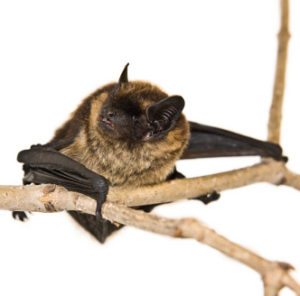
Virginia Bat Removal and Control 804-729-9097
Fortunately, there are nature lovers and wildlife enthusiasts just like us who are happy to teach the world about the wonderful attributes of bats. Continue reading to learn what makes bats so highly respected among conservationists and environmentalists, as well as, some common myths surrounding their disposition.
Bats Are Not Rodents
Many people refer to bats as rodents when in fact, they are mammals. One of the most amazing characteristics of bats is their ability to fly because they are the only mammal on earth that can! Furthermore, they are incredibly vital to our surrounding ecosystems and even provide useful contributions for mankind.
Bats and the Eco-System
Not only do bats help pollinate and distribute seeds, plants, and various sorts of flora, they also help control the insect population. A single bat can consume more than 1,000 insects in a single night. For those of us who love backyard barbecues, campfires, and outdoor fun, this is a fantastic asset to have around. Bats eat all the nuisance insects, like moths, beetles, gnats, flies, mites, and of best of all, mosquitoes.
Bat Myths
A common misunderstanding is that bats have rabies. Although bats are common carriers of the virus, very few actually transmit the virus, and even fewer are rabid. However, Rabies prevention and awareness are still vital to our health and well-being.
Another common myth about bats is that they are blind and will fly right into your hair. The reality is that bats can see quite well, even in the dark. They have a built-in sonar system called Echolocation, which they use to better dive and dart for prey at night. Echolocation is not used in place of their vision, it simply enhances their nighttime navigational skills.
Have you ever heard that a bat will attack you? This will not happen unless you provoke a sick or nursing bat. As for getting tangles up in your hair, the chances of that happening to anyone is highly unlikely. Bats are just too agile and intelligent; they are also scared of humans and steer clear of us at all costs.
Many people are wrongly under the impression that bats suck blood. The only species that consumes blood is the Vampire bat, and they live in Latin America. They mostly target livestock like cows, pigs, and horses. Furthermore, they do not kill their prey; it is more of a symbiotic relationship. They make a small incision in the flesh, lap up the pooling blood with their tongues, and then scurry off into the night. The wound seals up quickly and the animal is not harmed or bothered in anyway.
Do You Need Virginia Bat Removal and Control?

Virginia Bat Removal and Control 804-729-9097
